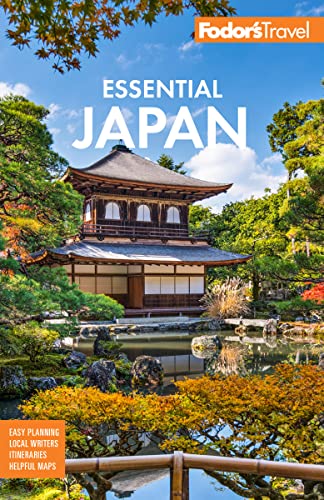On August 6, 1945, at 8:15 am, a massive chunk of metal known as Little Boy fell from an American plane, and the sky ignited and glowed for an instant. In that brief moment, however, it became as hot as the surface of the sun in Hiroshima, until then a rather ordinary workaday city in wartime Japan. Half the city was leveled by the resulting blast, and the rest was set ablaze. Rain impregnated with radioactive fallout then fell, killing many that the fire and 1,000-mph shock wave had not. By the end of this mind-boggling disaster, more than 140,000 people died.
Modern Hiroshima's Peace Memorial Park ?????? (Heiwa Kinen Koen) is at the northern point of the triangle formed by two of Hiroshima's rivers, the Ota-gawa (also called Hon-kawa) and Motoyasu-gawa. Monuments to that day abound in the park, but only one original site bears witness to that enormous release of atomic energy 70 years ago: the A-Bomb Dome. Its gloomy shadows are now surrounded by a vibrant, rebuilt city. As if to show just how earnestly Hiroshima has redefined itself, only a short walk to the east is Nagarekawa-cho, the city's most raucous nightlife district.





